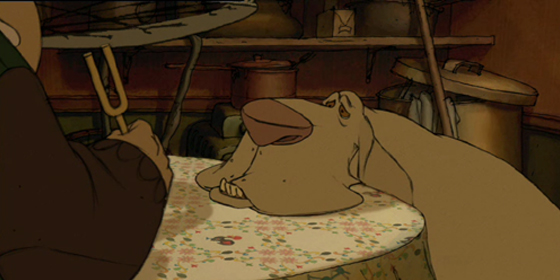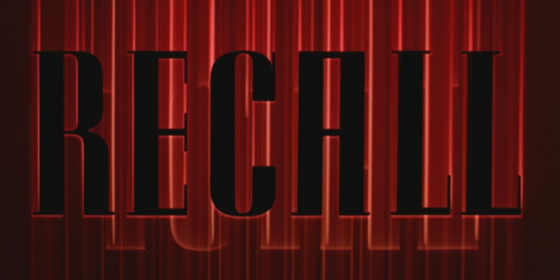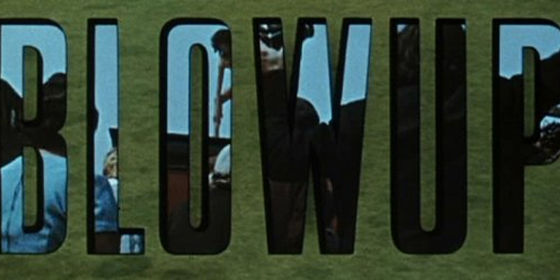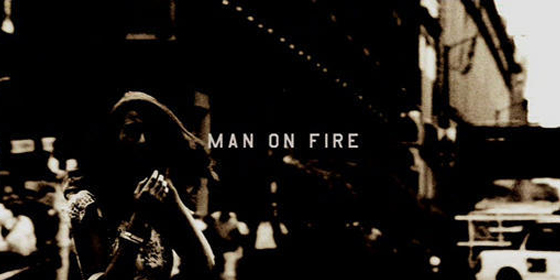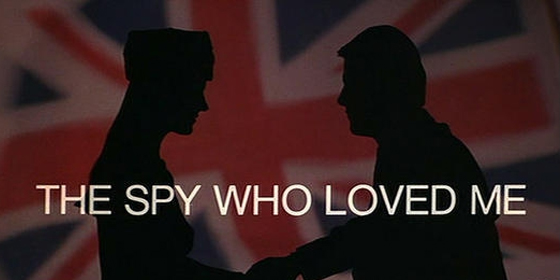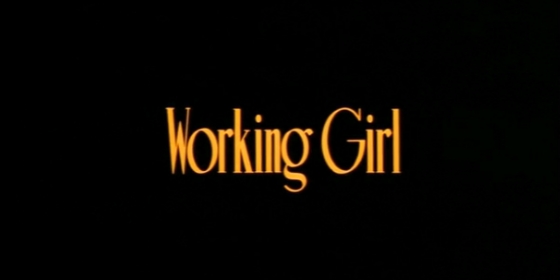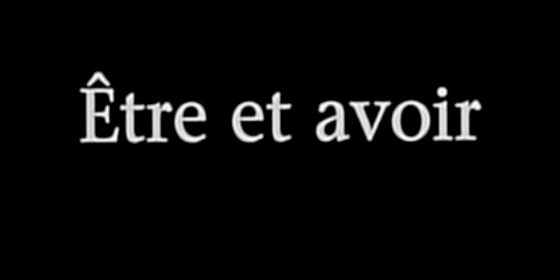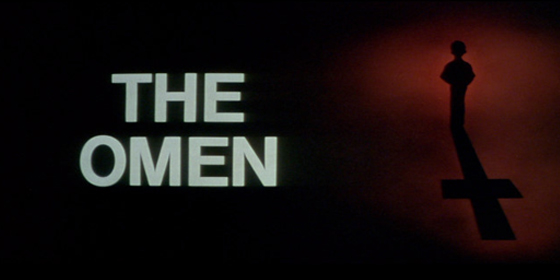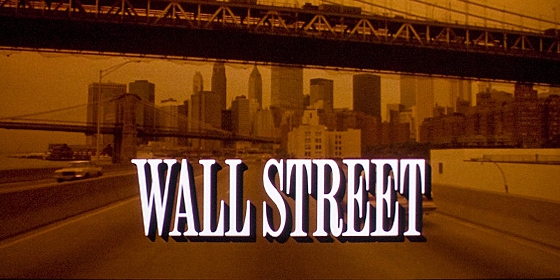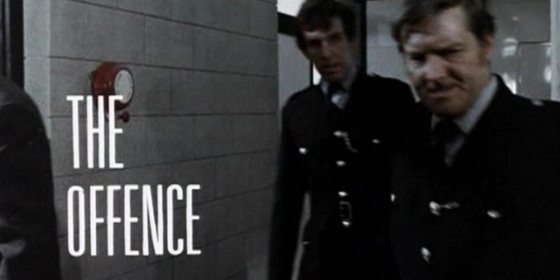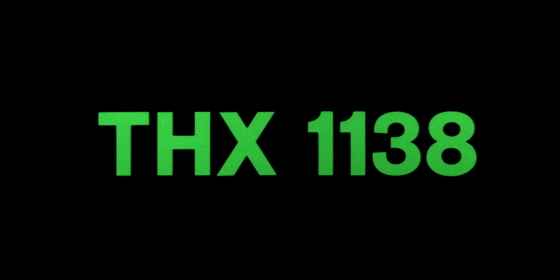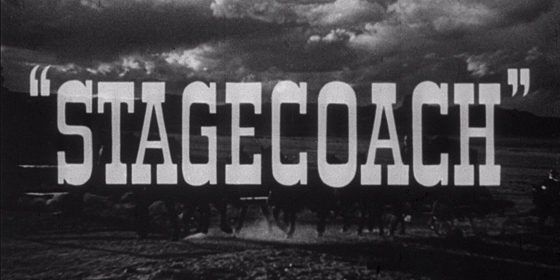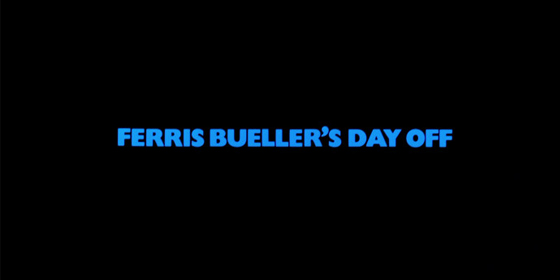SPOILER ALERT: Plot details will be revealed!
Sylvain Chomet’s delightful animated film is Number 13 in my Film Notes series.
For those unfamiliar, this series of posts involves me watching a film every day for 30 days, with the following rules:
- It must be a film I have already seen.
- I must make notes whilst I’m watching it.
- Pauses are allowed but the viewing must all be one session.
- It can’t be a current cinema release.
It will hopefully capture my instant thoughts about a movie provide a snapshot of my film diet for 30 days and curate interesting links to the film in question.
Here are my notes on The Triplets of Belleville (2003) which I watched on DVD on Wednesday 4th April.
N.B. For some reason it was released in the UK as Belleville Rendez-vous but it seems the title has now realigned with the rest of the world.
- I first saw this at 20th Century Fox in London during July 2003
- It is still a film I return to and marvel at for it’s incredible surreal charm.
- This was Chomet’s first feature and an international co-production between companies in France, the United Kingdom, Belgium, and Canada.
- The ‘period’ opening is very well done, establishing the notion of the Triplets as famous singers (even though they are very much supporting characters)
- This is a film I often recommend to people if they are bored of mainstream animation and want something a bit different and unusual.
- It combines the imaginative panache of SPIRITED AWAY (2001) with the wordless charm of THE ARTIST (2011)
- I actually want to live in Madame Souza’s house with a dog like Bruno.
- Sound is vital in lending the slightly surreal animation a sense of realism. Especially since there is virtually no dialogue.
- The emotional distance between the young boy and his grandma is well established.
- Touching scene when we see the boy’s parents – presumably Souza’s son/daughter?
- Great touch that Bruno goes crazy at the passing trains – clearly this was written by dog owners.
- The use of a Hoover, whisk and mower for a cycling warm down is hilarious
- Interesting circular shot as Souza puts the model wheel on the model Eiffel tower
- Absence of dialogue makes us focus on the nuances of character
- Interesting choice of shots when we see Champion from above and when Souza reflects on the photos before turning the lights off
- Love the way Bruno jumps on the bed the way big dogs actually do.
- Bruno’s dream sequences are genius.
- Souza’s whistle is another good example of sound in the film (Foley is actually
- The gangsters bodies have an interesting geometric shape – note that all characters in this are distinctive but have key differences
- The kidnap of Champion happens slowly – in a lot of movies they happen in a flash
- The pedalo sequence is unexpectedly moving
- Belleville is a cross between Tim Burton’s Gotham in BATMAN (1989) and the environments of Jean-Pierre Jeunet’s THE CITY OF LOST CHILDREN (1995)
- Hamburger restaurant scene seems to be some kind of commentary on American obesity and capitalism
- In the triplets apartment even the Oscars are overweight (the film was nominated for Best Animated film)
- The fishing for frogs scene is an instant classic
- Transitions between scenes are worth keeping an eye on – note how frog spawn becomes the moon
- Why does one of the Triplets stop Souza from doing the hoovering and reading the paper? (Maybe the latter is a stage prop?)
- I love the fact that the sisters all watch TV together in bed
- What exactly is going on with the kidnapped cyclists? Contraband electricity?
- Residents of the nightclub seem suitably grotesque.
- I read once that despite eating fattier food, rates of obesity in France are much lower than the US. Why? Healthier ingredients and smaller portions.
- Like the visual image of gangsters in pairs
- The betting scene reminds me of THE DEER HUNTER (1978) – it also appears to be some kind of commentary on the film technique of rear-projection
- The framing, composition and overall visual storytelling are excellent.
- Almost every scene is punctuated with a surreal, inventive humour.
- Theatre scene reminds me of INGLOURIOUS BASTERDS (2009)
- Note the yellow headlights on the gangster’s cars.
- I like the fact that one of the ‘vehicles’ during the climax is effectively a portable cinema.
- Nice payoff with Bruno barking at the train on the level crossing
- It just struck me that the gangsters all look like Neville Thurlbeck
- What other film ends up with four old women and a dog being chased by gangsters in a car chase?
- Chomet’s follow up film would be the equally marvellous THE ILLUSIONIST (2010)
